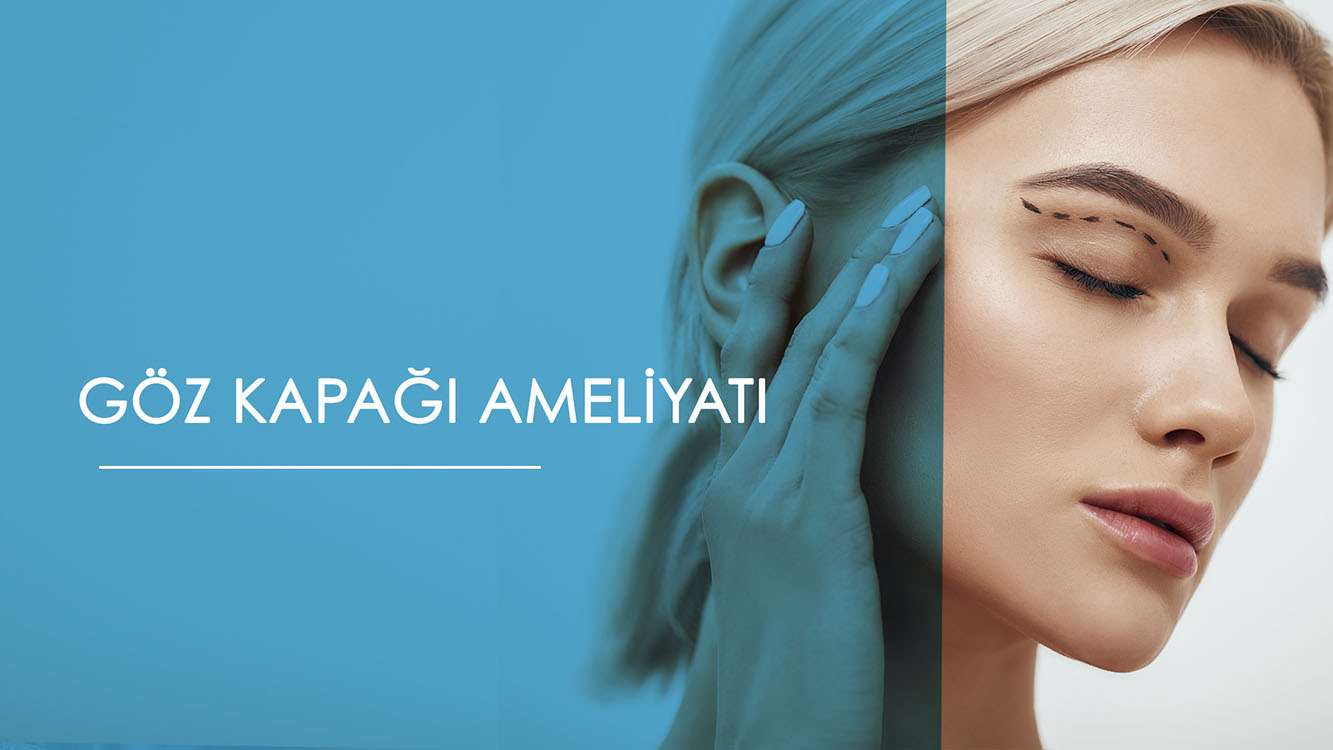Eyelid Surgery
Eyelid surgery, eyelid ptosis (ptosis) and
SUBJECT TITLES
What is Eyelid Surgery?
Eyelid surgery, as it is known in the medical literature, blepharoplasty, aims to eliminate all non-aesthetic elements that occur due to various external factors, genetic reasons or infections, in addition to the sagging that occurs in the lower and upper eyelids due to aging. It covers all of a group of medical procedures.
While some of these procedures are performed in the operating room, some of them can be performed non-surgically in the office environment.
Surgeries performed for the basic function and aesthetic appearance of the lower and upper lids are as follows: :
- Upper lid ptosis surgery,
- Aesthetic surgeries for the lower lid,
- Aesthetic surgeries for the upper lid,
Why is blepharoplasty done?
Eyelid surgery, that is, blepharoplasty, is the name given to all aesthetic surgical interventions performed except for disorders in the lower or upper eyelids that will affect vision and therefore the quality of vision. Eyelid aesthetics is one of the most frequently applied sub-branches of oculoplastic surgery.
Especially with the advancement of age, the skin begins to lose its elastic structure and becomes looser due to gravity. When these effects are combined, sagging and wrinkles may occur. Apart from these, bags can also be seen due to the lubrication on the lower lids squirting forward. All this undesirable appearance can be corrected with eyelid surgery.
Apart from aging, which is a natural process, exposure to sunlight on the eyelids and their surrounding areas, sleep disturbances, excessive alcohol and cigarette use, and weather Factors such as an unaesthetic appearance and acceleration of the aging process may occur due to factors such as pollution.
These operations, called blepharoplasty in the medical literature, are performed to eliminate the unaesthetic appearance that occurs on both the lower and upper lids due to reasons such as aging, trauma, genetics and infections, and to give the person a younger appearance.
In blepharoplasty applications, procedures such as sagging, wrinkles, bags under the eyes, the formation of lines around the eyes, as well as sagging in the upper lid and eyebrow area that usually occur due to age, and eyebrow lifting are performed with various surgical interventions. is carried out. It is aimed for patients to achieve a younger and healthier appearance after the mentioned eyelid aesthetic applications.
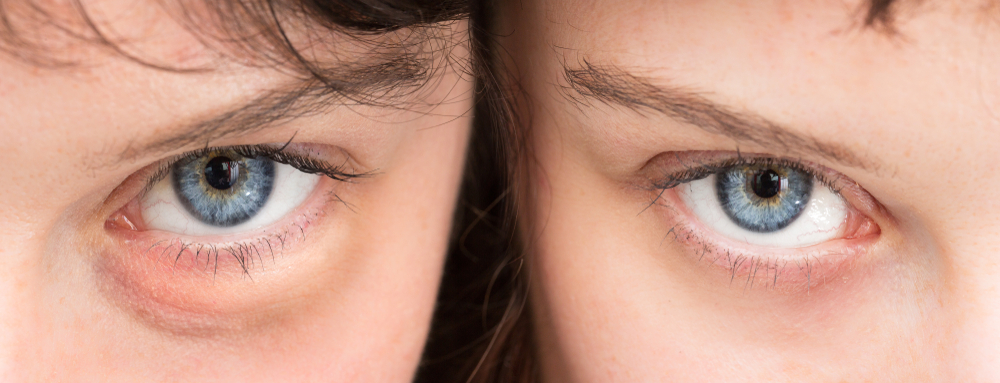
How is Eyelid Surgery Performed?
Before eyelid surgery, the patient is evaluated by the ophthalmologist with various examinations. After this evaluation, it is decided which method will be applied.
Eyelid surgery procedures generally begin with drawings on and around the lid, in line with the measurements made before the operation. At this point, it is necessary to consider the surgery process separately for the lower and upper lids.
Upper Eyelid Surgery:
Eyelid surgery is for the upper lid. Before the operation, it is determined whether only the skin or the subcutaneous tissue will be treated before the patient's detailed surgery plan is prepared. In addition, the fat bags and their collapse and herniation areas should be determined, whether there is sagging of the tear gland accompanying these conditions, the presence of upper eyelid droop and the presence of eyebrow droop accompanying this droop. As a result of these determinations, surgery should be planned.
During the surgery phase, the area to be intervened is drawn in line with the measurements with various drawings and markings. Tissue removal is performed within the framework of the surgeon's plan. If deemed necessary by the surgeon, drooping eyelids, sagging lacrimal glands and drooping eyebrows can be corrected simultaneously.
After upper eyelid aesthetics, incisions made on the upper lid fold line are closed with aesthetic stitches in order to prevent the surgery scar from being visible.
Lower Eyelid Surgery:
When it comes to eyelid surgery operations for the lower lid, they are generally performed for dark under-eye circles, bags and sagging of the lower lid. In the necessary examinations performed before the operation, the cause of lower bagging, possible looseness in various structures holding the lower lid, the relationship between the lid and the eye, and the condition of the tear excretion system are examined in detail. Also, "Is there any different situation that needs to be intervened during the surgery?" is questioned. After this examination, the basic characteristics of the operation to be performed on the patient are decided.
While eyelid surgery is performed for the lower lid, fat pads are removed or replaced through incisions made inside the lid. In addition, the surgeon can also intervene in the skin if he deems it necessary. A slight swelling may be experienced in the first days after the surgery.
After the surgery, the incisions made at the lid fold line are closed with aesthetic stitches in order to prevent the surgery scar from being visible.
What Causes Droopy Eyelids?
Eyelid ptosis means that the upper lid is lower than the optimum level. Due to droopiness, the eyes become narrower. Drooping eyelids, which can be congenital, can also occur in older ages. The main reason for drooping eyelids, other than aging, is the disorder in the muscles in this area. While this disorder can occur at birth, it can also be seen later.
If the droopy eyelid is on only one side of the eye, this side appears larger than the other. If the eyelid ptosis is on both sides, the person will appear tired and sleepless. As the ptosis increases, the person's eye fatigue will increase, so the quality of vision is seriously affected.
Upper lid ptosis is basically divided into two according to its occurrence.
Congenital Drooping Eyelid:
Congenital ptosis, also known as congenital ptosis, is caused by the hard and inelastic development of the leytor muscle, which functions to lift the upper lid during the development phase of the child in the womb. This type of eyelid ptosis blocks the front of the pupil, causing the development of amblyopia in the early stages of childhood. Therefore, it is important to start early diagnosis and treatment without wasting time.
Valve droop that occurs in later ages:
The most common cause of valve droop that occurs in later ages is aging. resulting in the skin losing its elasticity. Apart from these reasons, the following reasons may also cause drooping eyelids in later ages:
- Long-term contact lens use
- It may develop as a result of various traumas
- It occurs in the upper lid. mass development
- It may occur as a result of various muscle diseases
Even if droopy valve occurs at later ages, it is a condition that requires intervention.
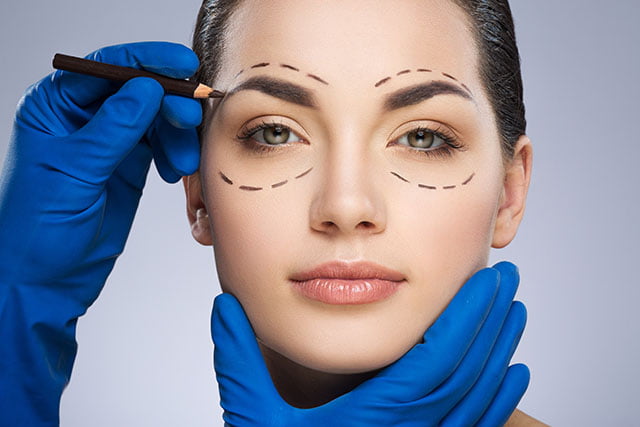
How is Droopy Eyelid Surgery Performed?
Doopy eyelid surgery is the only permanent treatment method if the droopiness is not caused by systemic reasons. The ophthalmologist who diagnoses Ptosis also determines the operation method to be applied according to the degree of loss of function of the levator muscle. If the muscle has function but the level of this function is insufficient, a muscle strengthening method is preferred. If the muscle has no function, eyelid surgery is performed using the suspension method. Sling surgery is a procedure that results in the removal of the upper lid.
In addition to the degree of muscle function, different surgical interventions can be applied depending on the degree of movement of the eye's gaze direction and tear function. As a result of the surgery, not only an aesthetic improvement but also a functional recovery is achieved in the patient.
Dropocoid valve surgery is performed under local anesthesia if the patient is an adult, and under general anesthesia if the patient is a child. Patients are discharged on the same day.
Almond Eye Surgery
Almond eye surgery, eye surgery, which allows the person's eyes to have a more slanted appearance by eliminating the signs of aging in and around the eyelids. It is a lid aesthetic procedure.
This operation can be applied to people with tired looks and small eyes, as well as anyone who wants to have a younger and livelier appearance. The procedure, performed under local anesthesia and in an operating room environment, takes 45 to 60 minutes on average. If there is a problem with the lower or upper lid before the procedure, this problem must be resolved first. Then almond eye surgery is performed. The operation can also be performed by combining it with different aesthetic interventions to be applied to the nearby area.
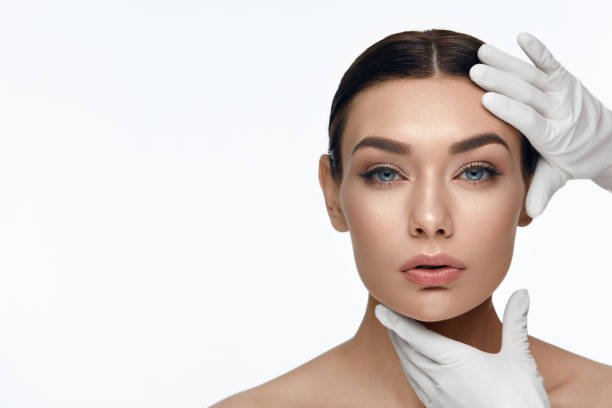
Eyebrow Lift Surgery
Our eyebrow shape has a complementary effect that adds meaning to our looks. Although the shape of our eyebrows is innate, changes in the sub-brow tissue that may occur over time and various diseases and injuries can cause drooping eyebrows. This decrease may negatively affect the aesthetic appearance and may also cause deterioration in the person's vision quality.
Brow lift surgery allows a positive intervention on the person's aesthetic appearance and the recovery process of the visual function.
There are many surgical and non-surgical eyebrow lifting methods. The method to be used is decided according to the anatomical structure and needs of the person. In addition, eyebrow lift surgeries can be combined with eyelid lift surgeries.
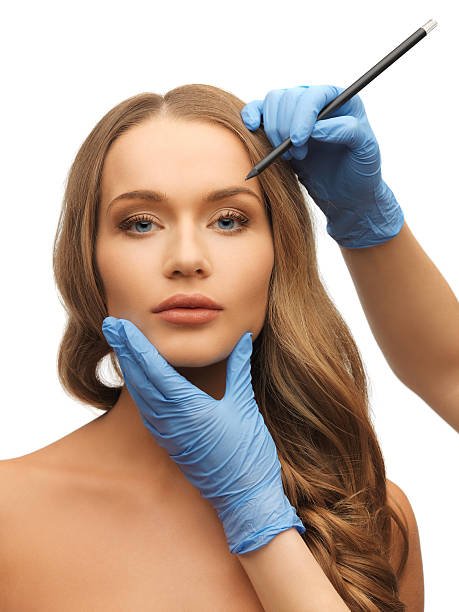
What are the signs of aging on the eyelids?
From the moment signs of aging appear on the lower and upper lids, it gives the person a tired and dull expression. The appearance of these symptoms at an early age causes the person to appear older than he actually is.
Human skin has an elastic structure. However, due to reasons such as genetics, environmental or age, the skin may lose its elastic structure over time. Some of the excess skin that has lost its tension on the face, caused by the skin losing its elastic structure over time, can accumulate in and around the lower or upper lid.
In addition, loose skin on the upper lid can cause upper lid ptosis. For these reasons, the first sign of aging appears on the eyelids and around the eyes.
Symptoms of aging frequently seen on the lower and upper lids are as follows:
- The prominence of the lines called crow's feet at the corner of the eye.
- The appearance of bags under the eyes
- Color changes in the skin under the eyes
- Daviness in the upper lid
- Sagging and sagging of the lower and upper lid skin. formation of wrinkles
- Expression of fatigue appearing on the face and gaze
These symptoms can be eliminated by eyelid surgery methods.
